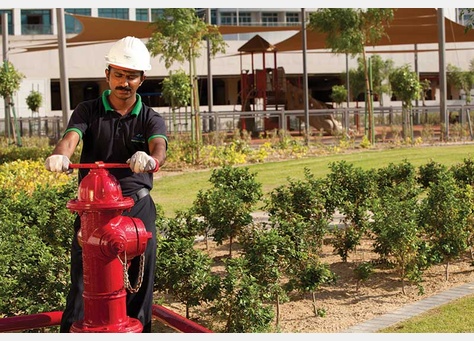How big data and automation help in building maintenance
Technological advancements have impacted all industries there has been significant steam in the construction, aviation, medical and other peripheral industries

According to McKinsey Global, the economic impact of Internet of Things (IoT) on factories, retail settings, work sites, offices and homes could total as much as $4.65tn (£3.55tn) by 2025.
It is estimated that 42% of the world’s energy is consumed by buildings, and facilities managers are facing pressure for environmentally friendly, high-performance buildings that are efficient and sustainable. Meanwhile, in the Gulf, HVAC and cooling systems consume more than 50% of the utility bills.
This makes the prospect of big data all the more alluring, and Sullivan urges all parties involved in building maintenance to pay closer attention than before in a bid to learn patterns and trends. But he says it’s not a foregone conclusion that a smart building will generate usable big data.
“Several states of the art buildings generate junk data — they might have the best BMSs and other infrastructure, but junk data is a big cause for concern in the UAE. You have to first understand what's happening in the building before you can diagnose the right solutions,” he says.
Concordia — the FM company that manages the Jumeirah Lakes Towers community — has recently made a push towards green energy. Its general manager Sanjay Bhatia, has taken an interesting approach to energy savings and automation. Rather than going down the LED retrofit route, Concordia has achieved energy savings to the tune of $800,000 in its parking lots alone through other means. “We have done this by better managing extract fans, elevators and lighting control. Changing to LED lighting will be the next phase,” Bhatia said.
He also said that the firm is experimenting with sensors in garbage bins that inform the operations teams when they are 90% full. “This does away the outgoing practice of a staff physically going to 450 bins and checking whether the bins need to be cleared or not. If the reporting mechanism from the automated system works, then we will implement it permanently,” he added.












